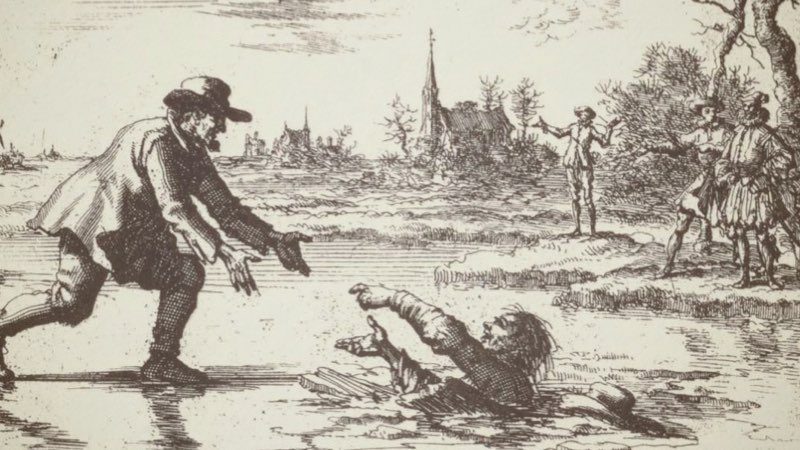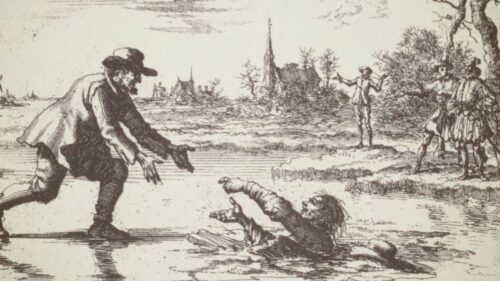
36. Onesiphorus
Onesiphorus, A Friend Of Paul, And Porphyrius, His Companion, Tied To Wild Horses, And Dragged, Or Torn, To Death, At Hellespontus, Through The Edict of Nero, About A. D. 70
Onesiphorus was an Asian, a citizen of Ephesus, in Asia Minor, and very virtuous and godly in life, so that he frequently came to visit, converse with, and comfort, the apostle Paul in his bonds at Rome; on account of which Paul rejoiced with all his heart, and prayed to God to reward him for this kindness in the great day of recompense. Concerning this, Paul writes thus to Timothy. “The Lord give mercy unto the house of Onesiphorus; for he oft refreshed me, and was not ashamed of my chain: but when he was in Rome, he sought me out very diligently, and found me. The Lord grant unto him that he may find mercy of the Lord in that day: and in how many things he ministered unto me at Ephesus, thou knowest very well” (2 Tim. 1:16-18). In the conclusion of the same letter he affectionately salutes the household of Onesiphorus, saying, “Salute . . . and the household of Onesiphorus . . . Grace be with you. Amen” (2 Tim. 4:19, 22).
Some writers say that this pious man was bishop of (the church of) Colophon; others, of Coronia: but whether Colophon and Coronia at that time were not one and the same city, called by two different names; or, if they were two separate cities, whether he had the oversight over both churches at once, is a matter of little consequence. It is sufficient for us, that the historians agree in the fact that he and Porphyrius, his fellow servant of Jesus Christ, were first beaten with many severe stripes at Hellespontus, by the order of Adrianus the governor, and afterwards, both together, tied to wild horses, and thus dragged or torn to death, by virtue of Nero’s bloody edict. A. Mellin., 1st Book van de historien der Vervolgingen en Martelaren, printed A. D. 1619, fol. 18, col. 2, jrom Doroth., in Synopsi Mart. Rom. 6 Sept.
Thieleman J. Van Braght (1625-1664) was an Anabaptist who is best known for writing a history of the Christian witness throughout the centuries entitled “The Bloody Theater or Martyrs Mirror of the Defenseless Christians who baptized only upon confession of faith, and who suffered and died for the testimony of Jesus, their Saviour, from the time of Christ to the year A.D. 1660” (1660).
Thieleman J. Van Braght, Martyrs Mirror




